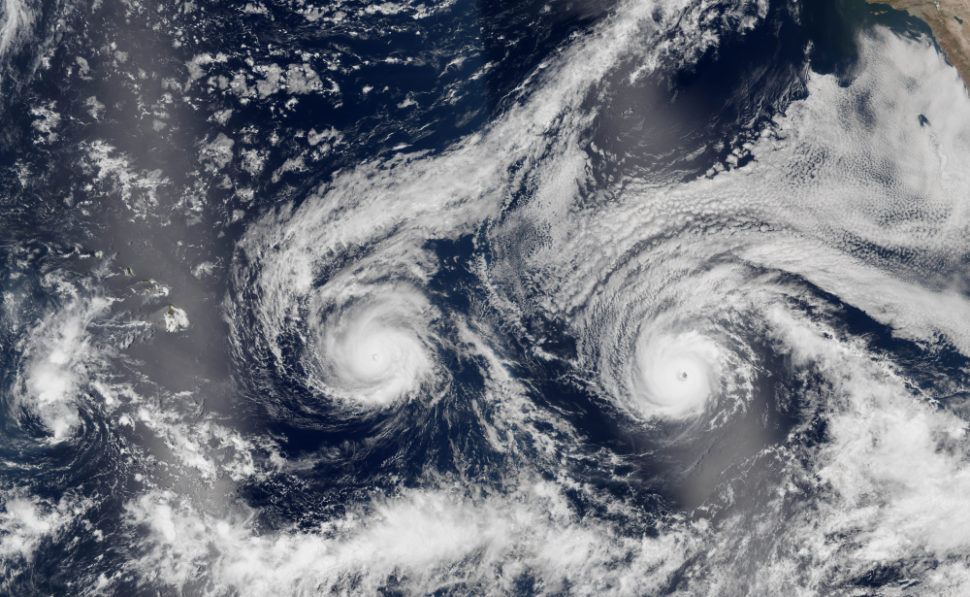Two of the most powerful storms this season, Hurricane Florence and Typhoon Mangkhut, are currently wreaking havoc in the U.S. East Coast and parts of Southeast Asia.
Hurricane Florence has landed in the East Coast and is currently ravaging the Carolinas. Since last week, rivers within the region have reportedly swelled, and floodwaters have begun filling the streets.
Days before the massive hurricane arrived, residents within the coastal regions of both Northern and Southern Carolina have been asked by authorities to evacuate. Evacuations are still on-going as the flooding continues and storm surge alarm is in place.
Video Courtesy of Colton McCoy | Facebook
Tens of thousands of homes are now without power, and while Hurricane Florence has been reduced to category one hurricane, authorities warn the public that it is still a threat to people’s lives.
Meanwhile, on the other part of the globe, millions of people in Southeast Asia‘s island nation of the Philippines are bracing themselves for the impact of Typhoon Mangkhut (locally known as Typhoon Ompong). The typhoon, which has the strength of a category three hurricane, made landfall Saturday morning (local time) in the northern Luzon region of the country.
Video Courtesy of Prince Eljay Rapadas Labasan | Facebook
The typhoon had wreaked havoc in the Marshall Islands and the U.S. territory of Guam earlier this week. It left a significant portion of Guam flooded and without electricity, knocking down and damaging electric poles, trees, houses, and infrastructures in its path.
The governor of Guam has already requested U.S. President Donald Trump to send federal aid and assistance to help the people of the island.
Typhoon Mangkhut’s current movement places southern China, Vietnam, Laos, and Hongkong in its path as it exited the Philippine Area of Responsibility (PAR) on Sunday.
According to CNN meteorologist Brandon Miller, while Typhoon Mangkhut is “bigger, stronger, and more dangerous” than Hurrican Florence, the latter might cause more damage to property. This is because the U.S. East Coast has considerably more expensive infrastructure than Southeast Asia. However, Miller said Typhoon Mangkhut would be more life-threatening because of its extensive area coverage and wind strength that will bring higher storm surges.
As per the latest forecast from the Philippine Atmospheric, Geophysical, and Astronomical Services Administration (PAGASA), Typhoon Mangkhut has a maximum sustained winds of 205 km/h near the center and gustiness of up to 255 km/h. On the other hand, Hurricane Florence reportedly has sustained winds of 150 km/h with higher gust as per the latest National Hurricane Center advisory.
All people within the path of the two storms are advised to evacuate and seek higher grounds, especially those living near the coastal and flood-prone areas of the Carolinas and the Philippines.




Comments (0)
Most Recent